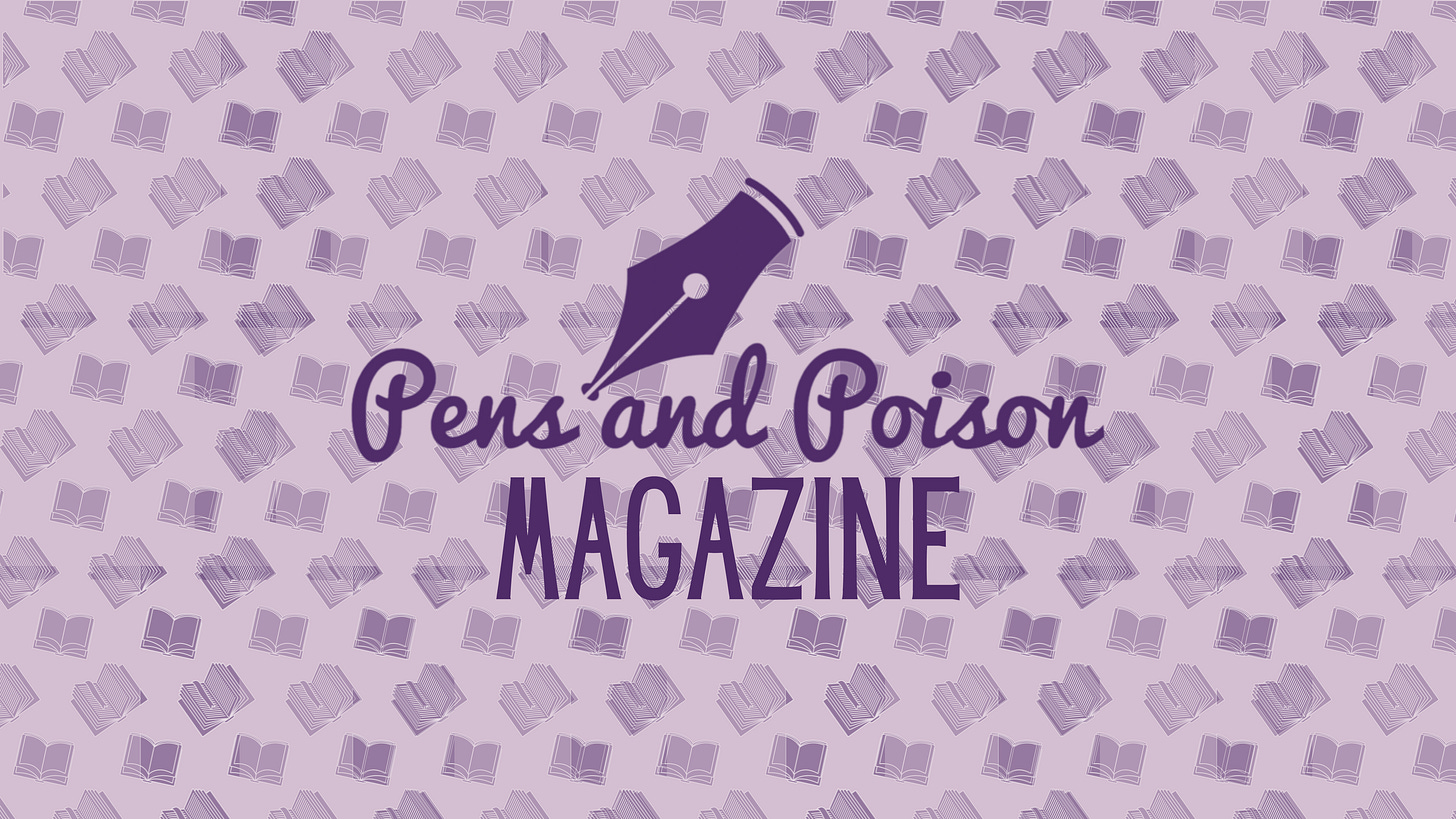Tips For Aspiring Poets: How to Get Published in Literary Journals
You’ve written poetry. You’re ready to become a published author! But how do we get there? Navigating the literary magazine world can certainly be daunting, but here are some helpful tips and tricks for you to become a published poet!
Know Your Journals
Literary magazines come in all shapes and sizes. There are the big ones, the small ones, the new ones, the old ones. If you’re a poet who is just starting out, you might not get published in Poetry Magazine right off the bat, but you can start small and work your way up.
(Pro Tip: Pens and Poison Mag is currently accepting poetry submissions from all new authors, so don’t forget to send us your best!)



